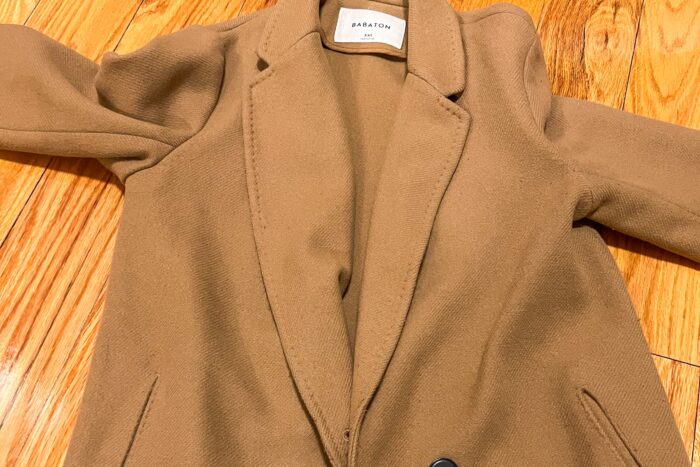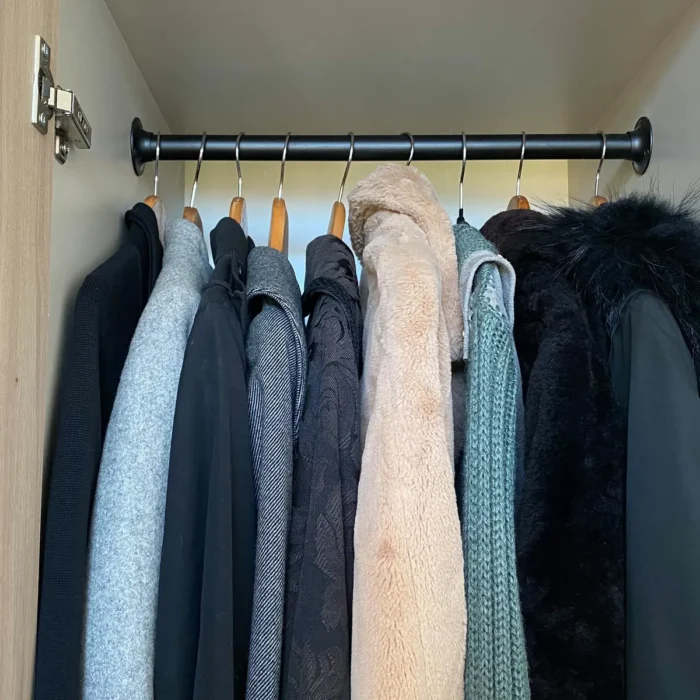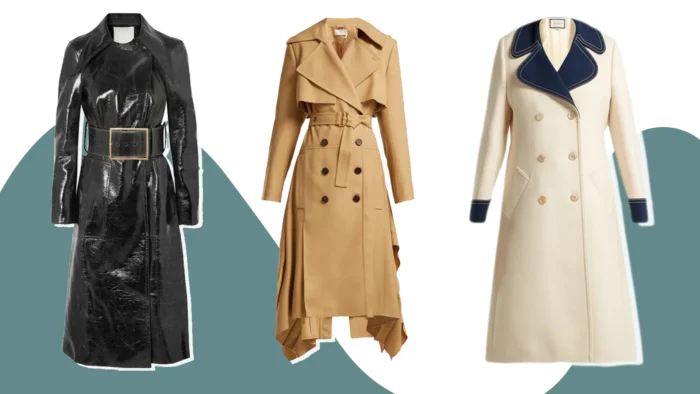
Spending money on clothes can add up, especially if you live somewhere that experiences cold winters and hot summers. Requiring a wardrobe for each season is often one of the biggest annual expenditures for any person.
Add onto that work attire, leisure clothes, and outfits for going out and the number of items starts to escalate. One of the biggest investments, fashion-wise, is a good winter coat.
There’s nothing worse than buying your favorite clothing item, your forever coat, only for its life to be cut devastatingly short. There are a number of reasons why this can happen including poor storage, low-quality fabrics, and inadequate maintenance. We explore some of the best ways to extend the lifespan of some of your most prized clothing items.
Cleaning Your Coat
Depending on the material, each coat will have specific cleaning demands. Check the label before using any harsh chemicals or processes.
Suede and lint brushes are effective at rejuvenating coats between washes, keeping the fabric at its best. For light marks and dirt, wiping your coat down with cool water and a gentle detergent will keep them looking fresh.
Bubble coats are popular choices for men and women alike due to their cozy insulation, range of lengths and enduring style – they can also be some of the most durable pieces on the market. The down filling sometimes requires dry cleaning only but make sure you use a company with experience of washing similar items.
Other puffer jackets are fine to wash at home on a cool wash and then tumble dry, also on a reliably cool setting. Some swear by adding a couple of tennis balls into the machine to put the puff back into their coats.
Investing in Quality Fabrics

Generally speaking, the quality of a coat’s fabric dictates its lifespan. Investing in a coat made from quality fabrics will ensure it is durable and can withstand wear and tear for many years. Natural fabrics such as wool, cashmere, cotton, and linen tend to be more durable than synthetic fabrics like polyester and nylon. It’s important to take time to consider the fabric when seeking a coat so you are confident it will last for multiple seasons.
Additionally, materials that have undergone treatments or processes like waterproofing or membrane protection help increase a coat’s longevity. These processes guard against wind and water penetration while allowing the textile to remain breathable. If you reside in a wet climate taking these extra steps is highly recommended as it may end up saving you money in the long run having to buy fewer coats each season due to corrosion.
It is also important to consider how easily stains form on both natural and synthetic fabrics and incorporate this into your decision when selecting which coat best fits your needs for longevity. For instance:
- Linens generally snag easily and dry out with age but can be rendered almost waterproof with proper treatments;
- Cashmere tends to have better insulation properties than other wools;
- Raw silk is easily stained but wrinkle-resistant;
- The waxed cotton coat creates a water-resistant layer of protection without compromising fabric breathability; and
- Man-made materials may last longer than silk but do not age gracefully like natural materials do over time.
Maintaining Your Coat
For synthetic materials like those on many puffer jackets, small holes can be patched up with nylon repair tape – available from your local outdoor retailer. You can find it in assorted colors to suit your style and it will last for years. For larger problems it’s best to send it to a professional or back to the manufacturer if they offer a repair service.
A number of waterproof coats including Gore-Tex garments have a thin protective layer applied on top of the fabric known as DWR (Durable Water Repellent). With excessive harsh cleaning – but also over time due to normal wear – this coating will become less effective.
DWR allows water to bead up and run off rather than pass through the fibers of the fabric and up to a certain volume of liquid allows breathability. Spray on or wash-in products can fix the bald spots in the DWR that begin to appear on these garments. Be sure to read the manufacturer’s recommendations thoroughly.
Another category of protected coats are wax jackets, popularized by various brands.
Storing Your Coat

Heavy coats need adequate support when they’re hung in the closet. Wide non-slip coat hangers specifically for the task will ensure the shoulders don’t stretch over time.
Try to remember to button or zip up your coats each time you hang them. A good rule of thumb is if it looks misshapen on the hanger, it will begin to look misshapen when worn.
During the summer months, you may want to store your warm clothes more permanently. There are a range of options available that will keep out the moths and prolong the life of your clothes.
It’s also important to regularly expose coats to fresh air, so throughout the summer occasionally hang out your winter coats when you have other washing to dry. This will keep the fabrics in optimum condition and avoid them smelling musty when winter rolls around again.
Following the advice listed here is a great way to extend the life of your purchases and hence a useful method of saving money. With the right care, your coats can last years, looking great and keeping you dry and warm.

Conclusion
By taking the proper care of your coats, you can keep them looking their best and enjoying longer life spans than some other types of clothing. Taking a few necessary precautions, such as cleaning them regularly and spot-testing any cleaners or detergents before use can ensure that your coats remain in great condition for many years to come.
Additionally, making sure that you store your coats in a cool and dry climate will help preserve the fabric from any potential damage from high temperatures or moisture. Finally, taking regular measurements of yourself is important—knowing how to size yourself properly can save you time and money by ensuring that your coats fit properly with the required ease to give you maximum comfort.
With a bit of effort and time, you can make all your coats last longer!
















